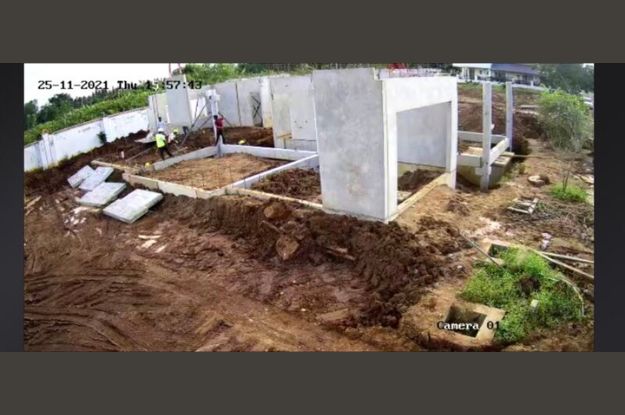India, with its burgeoning population and rapid urbanization, faces significant challenges in housing its citizens while maintaining sustainability and cost-effectiveness. In response to these challenges, the construction industry is increasingly turning to precast concrete buildings and houses as a solution. This innovative construction method offers numerous advantages, including speed of construction, enhanced quality, and reduced environmental impact. In this article, we explore the burgeoning trend of precast houses and precast concrete buildings in India, highlighting their benefits and potential impact on the country's construction landscape.
The Rise of Precast Construction in India:
Precast construction involves the manufacturing of building components such as walls, slabs, columns, and beams off-site in a controlled environment before transporting them to the construction site for assembly. In India, the adoption of precast construction techniques has been steadily increasing due to several factors.
Speed and Efficiency: One of the primary advantages of precast construction is its ability to significantly reduce construction time. Since precast components are manufactured off-site, construction can proceed concurrently at the project site, leading to shorter project durations. This accelerated construction process is particularly beneficial in addressing India's urgent housing needs and infrastructure demands.
Quality Assurance: Precast concrete elements are manufactured under controlled conditions, allowing for greater precision and consistency in quality compared to traditional cast-in-place methods. This results in structures with higher strength, durability, and resistance to environmental factors such as earthquakes and corrosion. In a country like India, prone to seismic activity in many regions, the structural integrity provided by precast concrete buildings is invaluable.
Sustainability and Environmental Benefits: Precast construction offers environmental advantages, including reduced material wastage, lower energy consumption, and minimized site disturbance. Additionally, the use of recycled materials in precast concrete production further enhances its sustainability credentials. As India endeavors to meet its sustainability goals and reduce carbon emissions, the adoption of precast construction aligns with these objectives.
Cost-Effectiveness: While initial investment in precast manufacturing facilities may be higher, the overall cost savings achieved through reduced construction time, labor expenses, and maintenance requirements make precast construction a cost-effective choice in the long run. Moreover, the scalability of precast production allows for economies of scale, driving down costs further as demand increases.
Key Projects and Initiatives:
Several notable projects across India exemplify the growing trend towards precast construction. From residential complexes and commercial buildings to infrastructure developments, precast concrete is increasingly becoming the material of choice for forward-thinking developers and contractors.
- Affordable Housing: Government initiatives such as the Pradhan Mantri Awas Yojana (PMAY) aim to provide affordable housing to all by 2022. Precast construction plays a vital role in realizing this vision by enabling the rapid and cost-effective construction of housing units. Projects like the Dholera Special Investment Region in Gujarat showcase the scalability and efficiency of precast technology in large-scale housing developments.
- Infrastructure Development: In infrastructure projects, such as bridges, flyovers, and metro rail systems, precast concrete components offer advantages in terms of speed of construction and minimized disruption to traffic flow. The Mumbai Metro Line 3 project, utilizing precast segments for tunnel lining and station construction, demonstrates the viability of precast technology in major urban infrastructure initiatives.
Future Outlook:
The future of precast construction in India appears promising, with growing awareness of its benefits and advancements in technology driving further innovation. As the industry continues to mature, we can expect to see greater collaboration between stakeholders, improved regulatory frameworks, and increased investment in precast manufacturing facilities. Additionally, innovations such as 3D printing of precast elements and the integration of digital technologies are poised to revolutionize the way buildings are designed and constructed in India.
Conclusion:
Precast houses and precast concrete buildings represent a paradigm shift in the construction industry, offering a sustainable, efficient, and cost-effective alternative to traditional building methods. In India, where rapid urbanization and infrastructure development are placing immense pressure on existing resources, the adoption of precast construction is not just a choice but a necessity. By embracing this innovative approach, India can address its housing shortage, enhance infrastructure resilience, and pave the way for a more sustainable built environment.





Comments